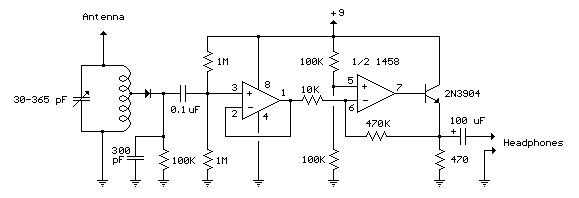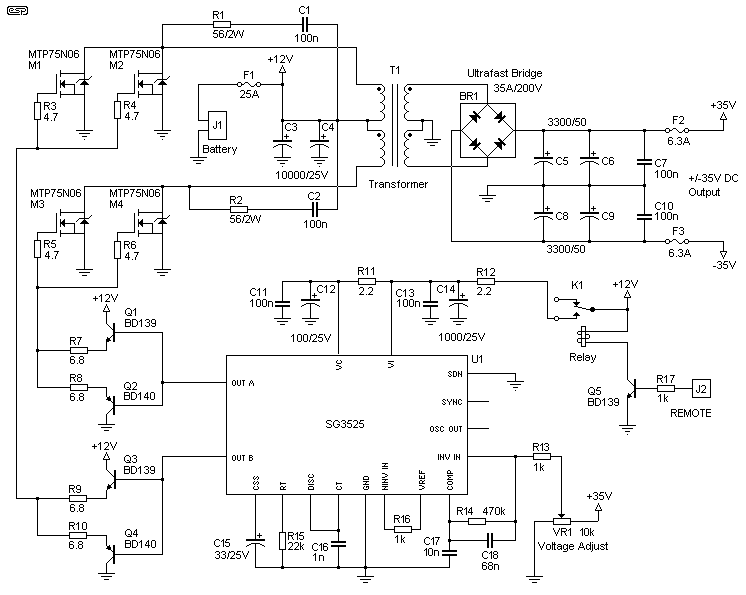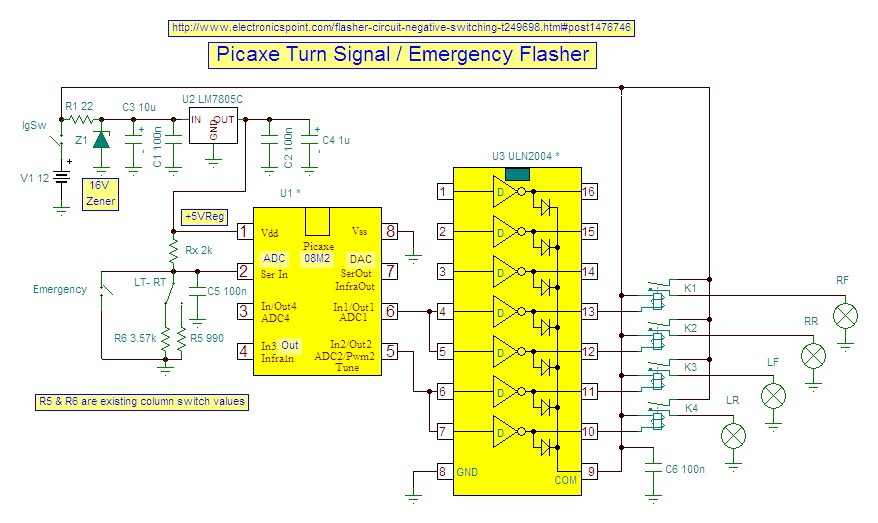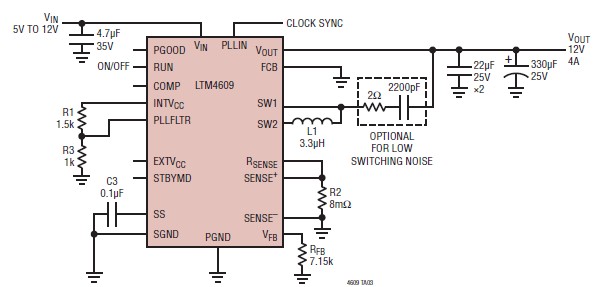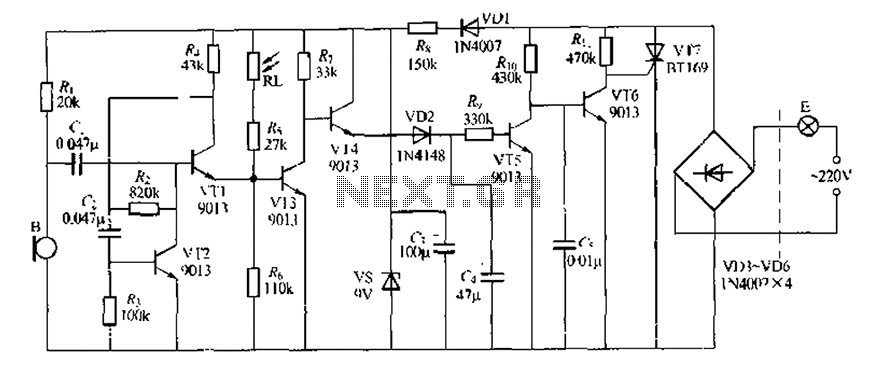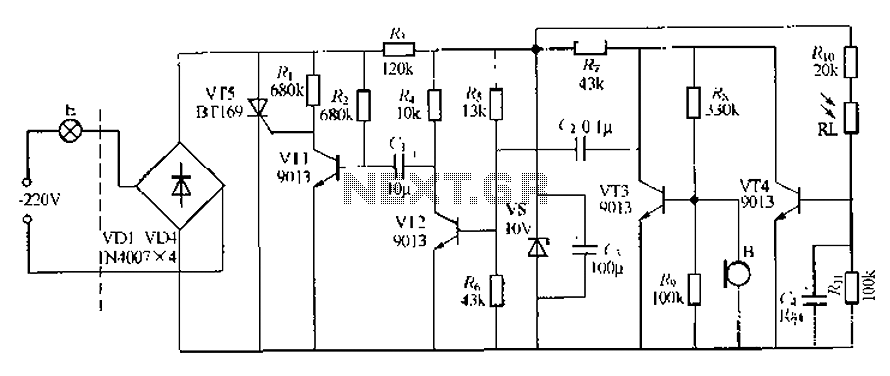
automatic power switch for atx power supplies
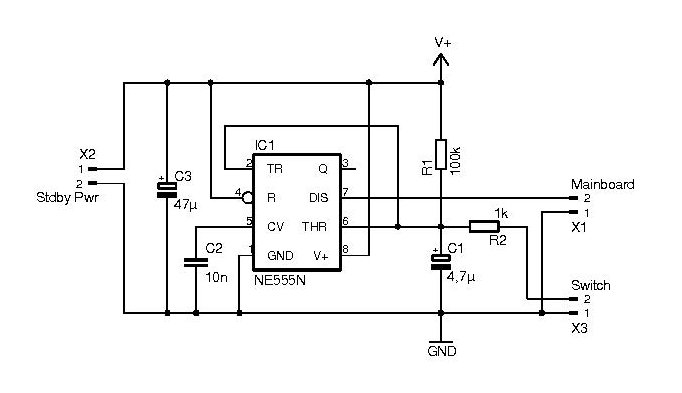
Automatic power switch for ATX power supplies. Visit the page to read the explanation about the related circuit diagram.
The automatic power switch for ATX power supplies is a circuit designed to manage the power-on and power-off states of an ATX power supply unit (PSU). This circuit typically integrates a relay or a transistor switch, which is controlled by a microcontroller or a simple logic circuit that detects the presence of a power signal. When the system is powered on, the automatic switch engages the relay or transistor, allowing power to flow from the PSU to the connected components.
The circuit diagram generally includes the following key components:
1. **Power Supply Input**: The ATX power supply input typically consists of a 24-pin connector that provides various voltage rails (3.3V, 5V, 12V, etc.) to the motherboard and peripherals.
2. **Control Circuit**: This section may include a microcontroller or comparator that monitors the power-on signal from the motherboard or a manual switch. The control circuit determines when to activate the relay or transistor based on the input signal.
3. **Relay or Transistor Switch**: The relay or transistor acts as the main switching element. When activated, it connects the power supply output to the load, allowing the system to power on. The relay must be rated to handle the current and voltage of the power supply.
4. **Protection Components**: Additional components such as diodes may be included to protect against back EMF from the relay coil and to ensure safe operation. Fuses or circuit breakers can also be integrated for overload protection.
5. **Indicator LEDs**: Optional LEDs can be added to provide visual feedback on the status of the power supply, indicating whether the system is powered on or off.
In summary, the automatic power switch for ATX power supplies enhances the usability and functionality of computer systems by providing a seamless power management solution. The schematic design ensures reliability and safety while accommodating various power requirements of modern electronic devices.Automatic power switch for ATX power supplies power supply. Go to that page to read the explanation about above power supply related circuit diagram. 🔗 External reference
The automatic power switch for ATX power supplies is a circuit designed to manage the power-on and power-off states of an ATX power supply unit (PSU). This circuit typically integrates a relay or a transistor switch, which is controlled by a microcontroller or a simple logic circuit that detects the presence of a power signal. When the system is powered on, the automatic switch engages the relay or transistor, allowing power to flow from the PSU to the connected components.
The circuit diagram generally includes the following key components:
1. **Power Supply Input**: The ATX power supply input typically consists of a 24-pin connector that provides various voltage rails (3.3V, 5V, 12V, etc.) to the motherboard and peripherals.
2. **Control Circuit**: This section may include a microcontroller or comparator that monitors the power-on signal from the motherboard or a manual switch. The control circuit determines when to activate the relay or transistor based on the input signal.
3. **Relay or Transistor Switch**: The relay or transistor acts as the main switching element. When activated, it connects the power supply output to the load, allowing the system to power on. The relay must be rated to handle the current and voltage of the power supply.
4. **Protection Components**: Additional components such as diodes may be included to protect against back EMF from the relay coil and to ensure safe operation. Fuses or circuit breakers can also be integrated for overload protection.
5. **Indicator LEDs**: Optional LEDs can be added to provide visual feedback on the status of the power supply, indicating whether the system is powered on or off.
In summary, the automatic power switch for ATX power supplies enhances the usability and functionality of computer systems by providing a seamless power management solution. The schematic design ensures reliability and safety while accommodating various power requirements of modern electronic devices.Automatic power switch for ATX power supplies power supply. Go to that page to read the explanation about above power supply related circuit diagram. 🔗 External reference
